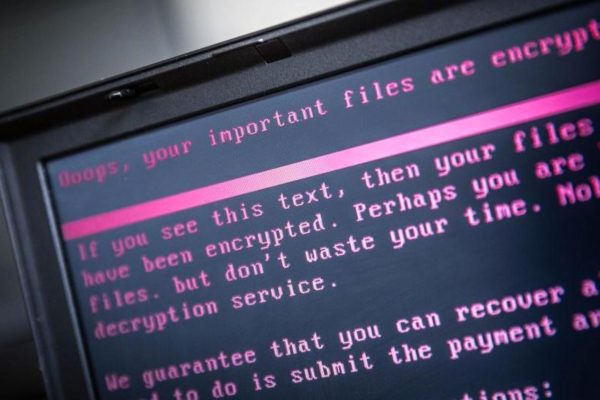The destruction inflicted by ransomware largely depends on how victims deal with it. A good ransomware removal setup and disaster recovery can help in negating almost all the inconvenience and failure brought about by a ransomware attack. On the other hand, blunders while dealing with cryptovirological calamity can only make matters worse.
For that matter, we are going to discuss two major blunders that could happen while dealing with an ongoing ransomware activity. Addressing them beforehand will help the companies to successfully sail through the phase of disaster recovery following a ransomware attack.
Using a critical set of data for sample decryption
In order to ensure that the given decrypter can unlock all the affected data, ransomware removal experts first perform decryption of a couple of affected files. Since it’s kind of a testing decryption, therefore chances of its failure can’t be ruled out. Similarly, ransomware operators also offer free decryption of few files to prove their authenticity.
It is important to note that failed decryption can corrupt the given file and might result in permanent loss of data. So, don’t expose critical files to this decryption testing. Only use data sets of least importance for any sort of sample decryption.
Failure of backup recovery
In many cases, targeted organizations are so confident about the backup recovery systems that they don’t even employ any ransomware removal measures. However, when they try to get back the locked down data, their backup systems fail. A case of failed backup recovery must be cited here. A company recently suffered a ransomware attack. The company’s IT team only succeeded in retrieving headers when they tried to recover the affected data from backups. The constant updating of headers led them into believing that data backups were up-to-date. Therefore, execute the entire backup recovery process once in a while to ensure its viability.



